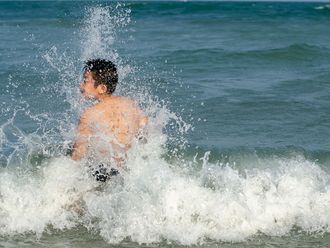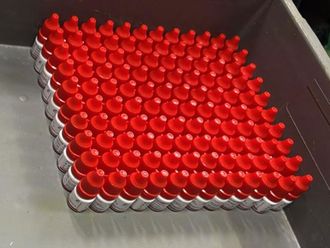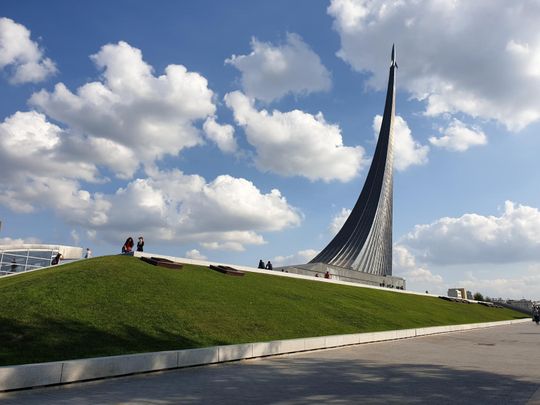
Moscow: When the era of space exploration began spurred by the Soviets on October 4, 1957, the UAE as a country was yet to be formed (in 1971).
But just forty-eight years later, this young nation has already got space and the stars in sight.
Supported by a robust government programme, it has sent its first 100 per cent Emirati made satellite to space, the KhalifaSat. It is sending its first astronaut to space and the International Space Station (ISS) this September 25, and it has set ambitious goals to build a colony in Mars by 2117.
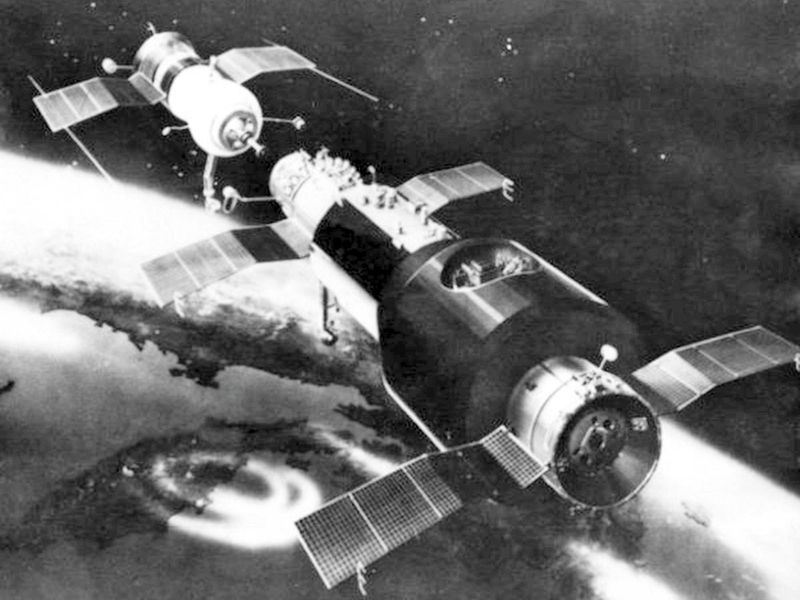
The future indeed is bright for the UAE space programme. But to look to the future, we will look into the past—of how space exploration came to be and to retrace the steps of the Russians that the Emiratis could use to forge ahead.
We trace those steps at the Museum of Astronautics in Moscow. A trip to this Russian city is not complete without dropping by this famed museum.
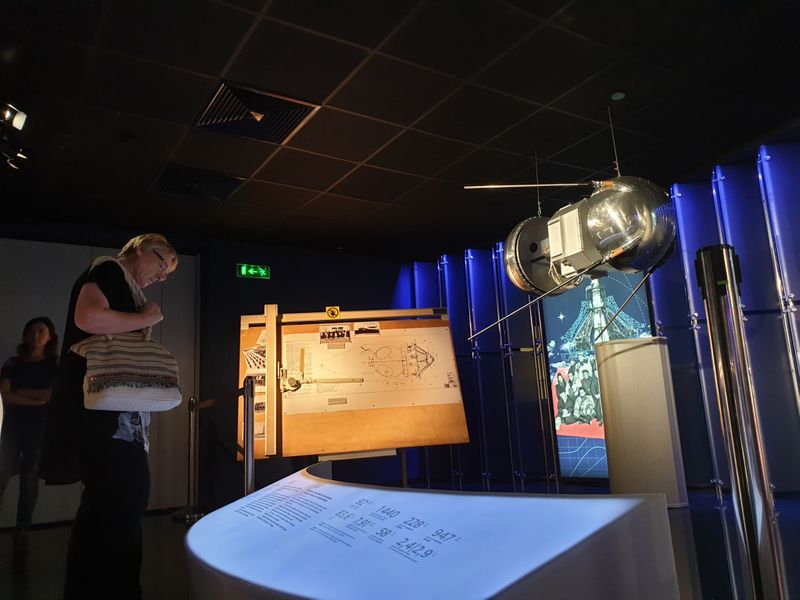
October 4, 1957: First man-made satellite in space
Outer space exploration officially began when the Russians’ Sputnik 1, the first man-made Earth satellite, lifted off to space at 10.28pm, Moscow time. “Fellow traveler” in Russian, the Sputnik was launched to test how artificial satellites could be inserted into Earth’s orbit, to provide information on the Earth atmosphere’s density, among other things.
Time in space: 96 days
Length of transmission of info: 21 days
Re-entry to Earth: January 4, 1958
Where is it now: It burned up as it re-entered into the Earth’s atmosphere
Orbits around the Earth: 1,400
November 3, 1957: First animal in orbit
Before sending humans to space, the Russians sent man’s best friend first to ‘test the waters’ so to speak. Laika was the first animal to orbit the Earth. Aboard Sputnik 2, the mixed-breed dog was launched just a month after Sputnik 1. Unfortunately, Laika’s trip was only one-way. She reached orbit alive but died “soon after launch” it was revealed in 1993. Her spacecraft continued to orbit the earth for five months before burning up in the atmosphere.
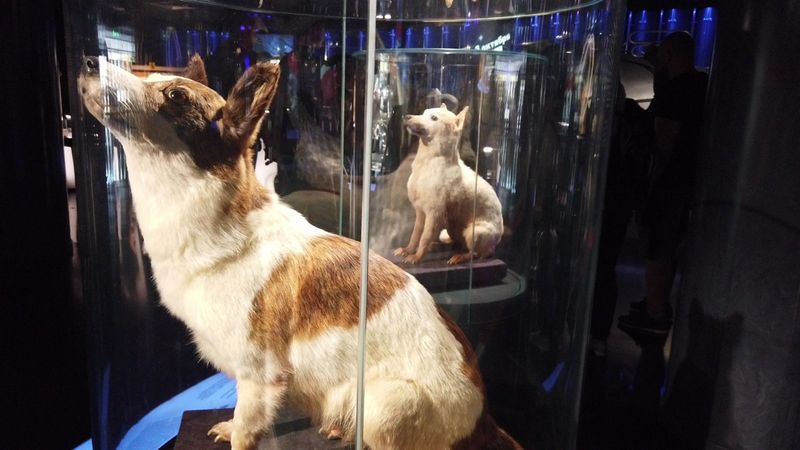
August 19, 1960: First animal to orbit and safely return
Two more dogs were sent to space after, namely Belka and Strelka, three years later on August 19, 1960. Fortunately for these two, they were booked a return trip. The mix-breed-strays-turned space dogs hold the record of being the first living creatures to actually orbit the earth and safely return.
Time in space: One day
Where are they now: Both dogs have been taxidermied or preserved and are now on display at the Museum. Strelka’s legacy lives on through her heirs. Her daughter Pushinka was gifted to First Lady Jacqueline Kennedy.
The four-legged daughter of space hero Strelka gave birth to four puppies after that.
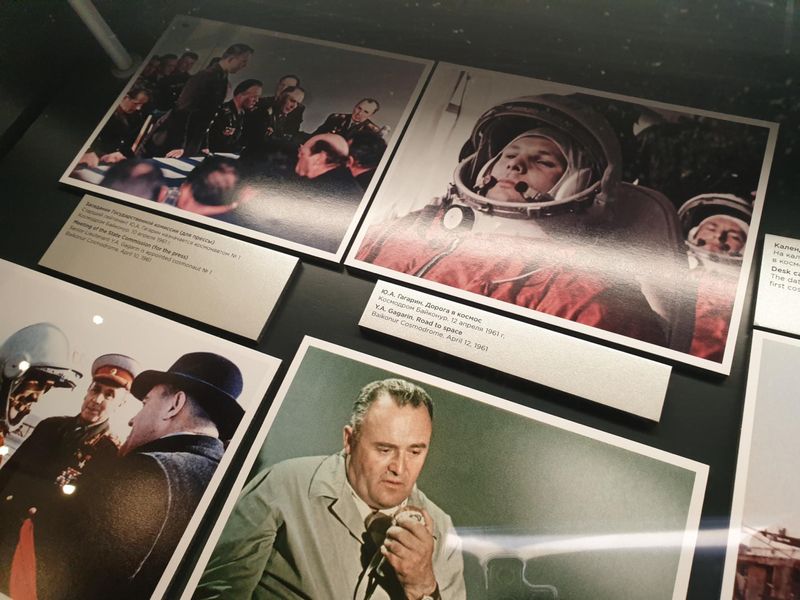
April 12, 1961: First man in space
It took four years since the space age began for Russia to gain the technical know-how and confidence to send their cosmonaut to space. Lt. Yuri Gagarin, a military pilot, rocketed to space onboard Vostok 1. He became a Russian hero on his return.
He was described as "modest, with fantastic memory, has a sharp and far-ranging sense of attention to his surroundings," by an air force doctor according to the European Space Agency.
Time in space: 108 minutes
Altitude reached: 327-km
Where is he now: Gagarin died while on a routine training flight on March 27, 1968. His remains were laid to rest in the walls of the Kremlin in central Moscow. His legacy lives on in his two daughters, Yelena and Galina.

June 16, 1963: First woman in space
Two years later after sending the first man to space, the Russians head hunted for a woman to follow in his footsteps. The honour was given to Valentina Tereshkova, an engineer who volunteered for the programme with 126 parachute jumps under her belt.
Apart from being the first woman in space on board the Vostok 6, she also holds the record of being the youngest human to be in space at 26.
Time in space: 70 hours and 50 minutes
Orbits around the Earth: 48 times
Where is she now: She is now 82 and has since dedicated her life as a women’s rights activist, serving in high-profile non-government posts and later joining politics.
1964-1977: First-generation Space stations
Prior to the International Space Station that we know now, there were first-generation space stations that orbited the Earth. The first was Salyut 1, launched in 1971, became the pioneer space station that allowed humans to live and work in space long term.
Time in space: 175 days
Orbits around the Earth: almost 3,000 times
Where is it now: Its journey ended in the Pacific Ocean as planned
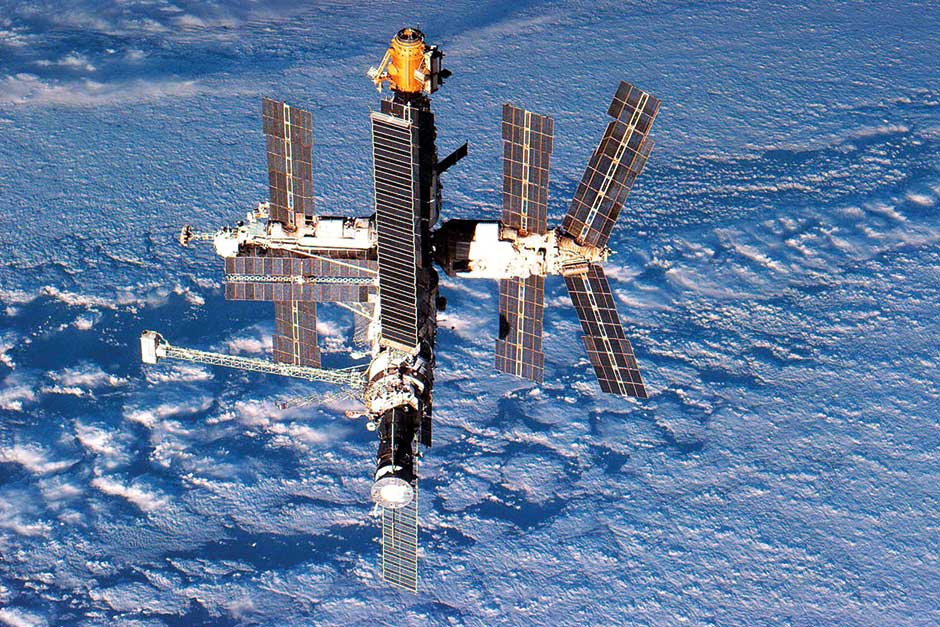
February 20, 1986: Mir space station
This Russian space station was planned to orbit the earth for five years but it surpassed expectations by 10 years. It was occupied throughout most of its time in space. Its longest-staying guest was Valeri Polyakov who was on the Mir for 437 days and 18 hours, which until now is the record for the longest single human space flight.
Time in space: 15 years
Orbits around the earth: More than 86,000 times
Where is it now: It re-entered the Earth and crashed in South Pacific Ocean in March 2001
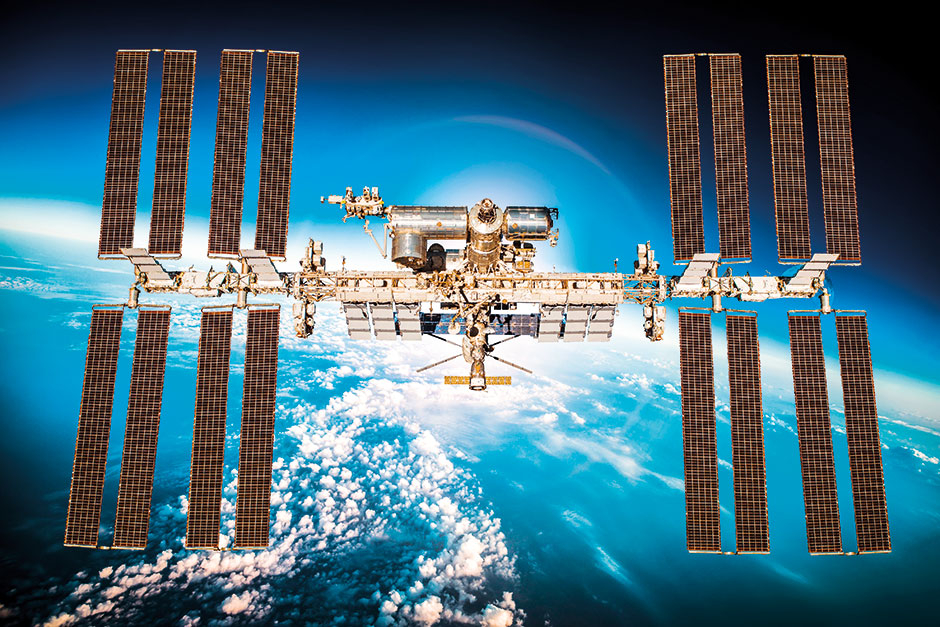
November 20, 1998: the first module of the International Space Station
A new space station was planned to replace Mir after its service. The Zarya module (Russian for ‘sunrise’) was sent to space in 1998 as the first block that would compose what the ISS is now. Two weeks later on December 4, the Unity Node from the US that was successfully mated to the Zarya. The construction of this engineering marvel was done through international cooperation and completed in 13 years.
Time in space: Nearly 21 years and counting
Orbits around the Earth: the ISS revolves around the Earth every 90 minutes. If the ISS has been in orbit for the past 7,595 days today (Friday, September 6, 2019), this means it has made more than 121,000 orbits

Where: Museum of Astronautics (Museum of Cosmonautics)
Prospekt Mira, 111, Moskva, 129223, Moscow, Russia
Ticket: 250 roubles ($3.80)




